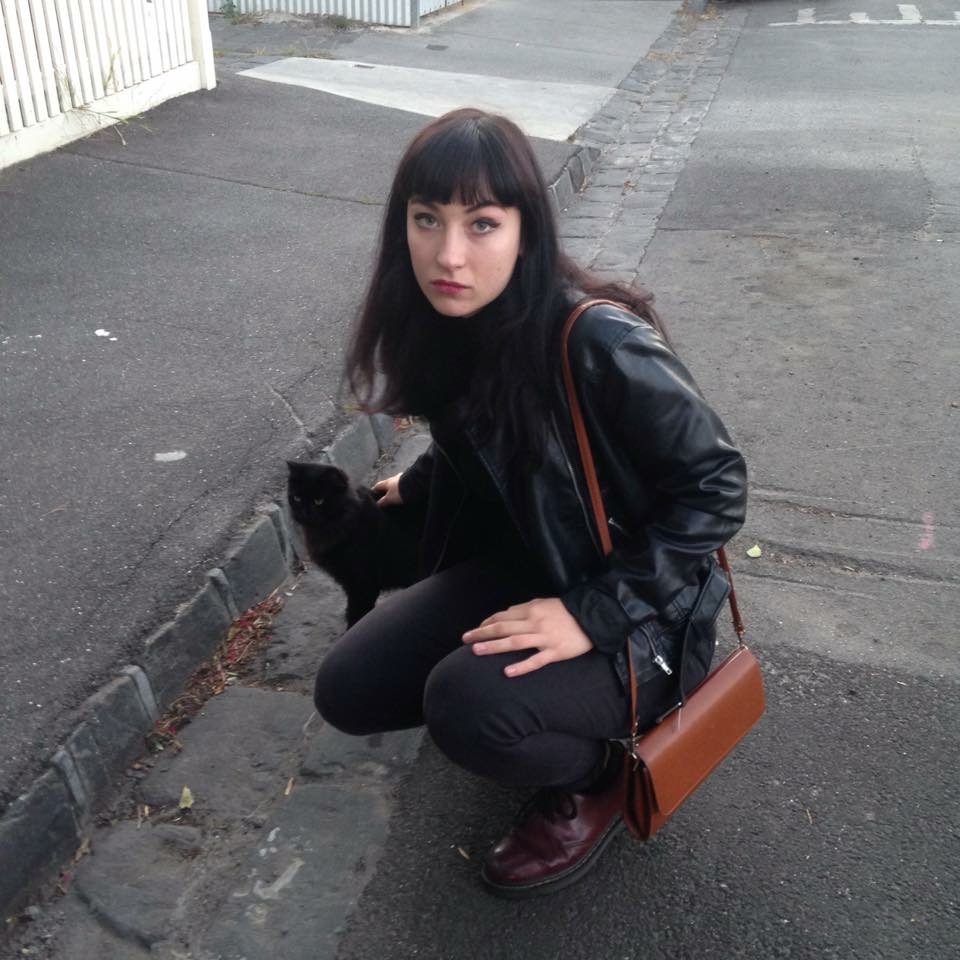The feedback we received during our work in progress presentation was so valuable to me. I thought we were given honest and thought provoking critiques, especially from Smiljana. I think she pushed us to consider the world we were creating, how it reflects us and how it reflects the people we decide to write. Our guest speaker Catherine mentioned that we should employ specificity when writing characters from diverse backgrounds or they might be susceptible to altering to fit the dominant ideology. Smiljana suggested that if we are to create a character from a minority, there’s a duty of care we need to take by connecting with the cultural community they’re from. Write from the beginning knowing they are of that race, gender identity, sexuality, and let it impact their character. It gave me a lot to think about regarding the universe I decide to create, and whether it’s impact will be positive or negative.
A key piece of feedback I would like to reflect on was some of the suggestions I received on how to write the ending. I brought up my concerns in my presentation about resolving the end the piece with an explosion of dialogue. I’m trying to come up with a way for the protagonists to express all the conflicting emotions they feel about self determination, fear and safety. My first thought was to jump to dialogue. The feedback I received acknowledged that using dialogue is one way to do this, however, maybe there should be no dialogue at all. It would be more impactful to communicate a feeling through visual language rather than express it vocally.
So thus in a rewrite of the order of action, we could potentially see something like this: As Carol blares her lights into the shadows, she swings the door open for her friend as if to say Get In. Clem gets in the car with Carol. The two sit there in the still car watching the headlights blare onto an empty street. This is the moment they non-verbally share another moment of camaraderie, again, of mutual suffering. Suffering under a system which confines the way they move within this world. Suddenly I’m excited to write this part, rather than dreading it.
Communicating without dialogue will push my visual storytelling further, to express such a key moment in this narrative through human connection, expression, setting, movement and sound.
To end the piece like this brings even more bookends into the narrative; I’ve begun to visualise the car as being a sanctity – Carol’s presence and friendship brings the warmth back into the scene which we lost when the shop lights dimmed. Now headlights replace this brightness. This moment highlights the value of solidarity between women when faced with adversity.
I was imagining a song to play as the women drive away, something along the lines of It’s a Man’s Man’s World. This could come across as cliche but it gives a clearer message to a script I’m scared could loose it’s political motivations. The use of silence between the two women in the car is key to express their disenchantment. The use of a song like that playing as they begin to drive off could push this message further.
Another piece to focus on was expressing fear and apprehension without physically showing these figures in the distance. They might never need to make an appearance at all, if we as the reader know that there is something to fear from Clem’s behaviour and body language. The feedback focused mainly on expressing the protagonist’s inner emotions, something that will see me reflect on key readings from the course.

